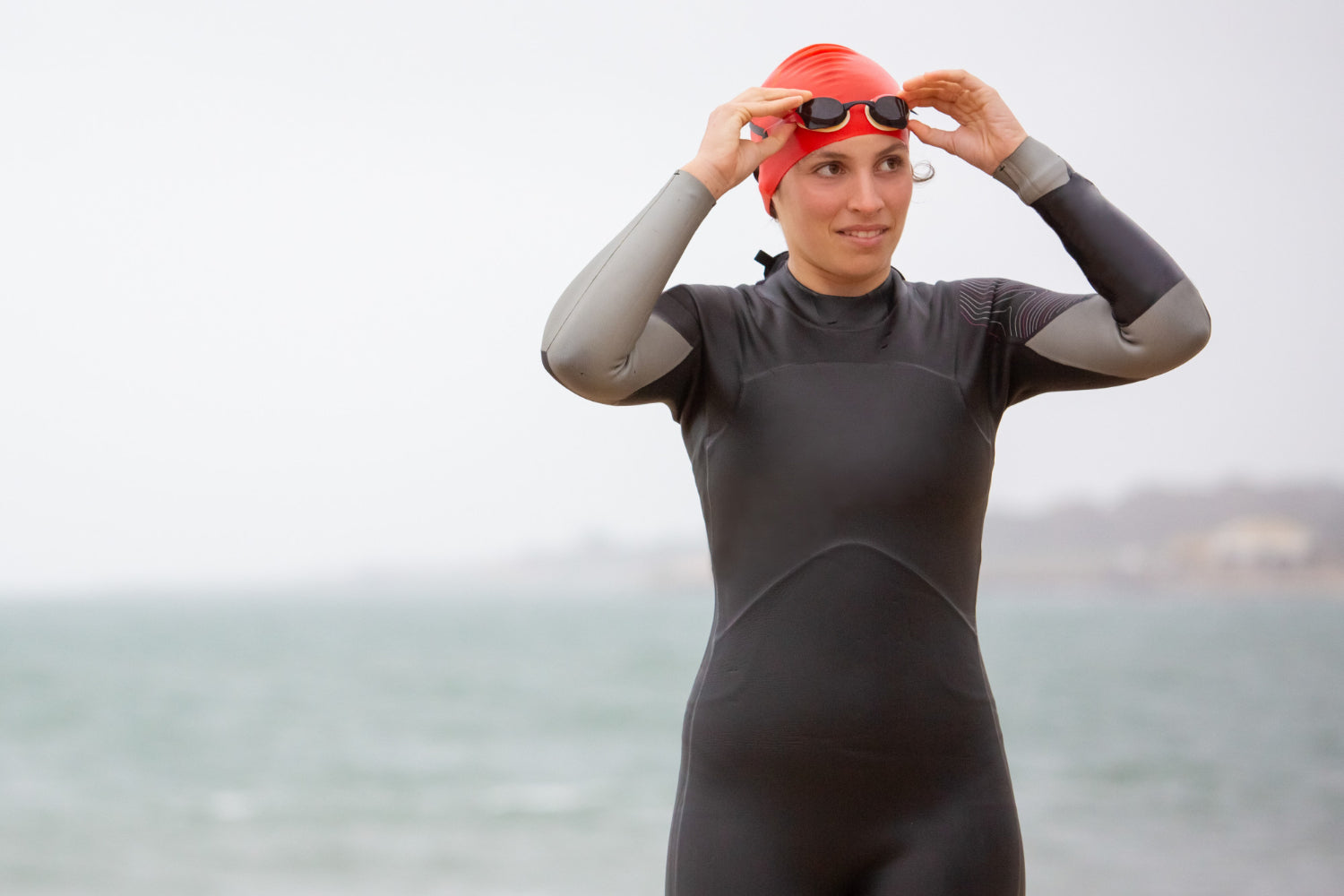
The Wetsuit: Important in both Freediving and Spearfishing
The right equipment can make all the difference between a successful and an uncomfortable experience when it comes to both freediving and spearfishing. Among many other necessary pieces of equipment, a wetsuit can sometimes be overlooked in favor of the more flashy spearguns or fins, but it plays an important role in enhancing underwater performance and safety for both the freediver and the spear fisherman. In this article, we will do a deep dive (no pun intended) into why a high quality wetsuit is indispensable for both divers and spearfishers alike.
Protection from the Elements
One of the major functions of a wetsuit is thermal insulation. At times, divers and spearfishermen dive in cold waters. Taking too much time in water below a certain temperature (the threshold is warmer than you’d think) can result in hypothermia. Water steals body heat. Even at fairly moderate temperatures, the body loses a lot of heat underwater very rapidly. A properly fitted suit traps a very thin layer of water between the suit and the skin. As your body heat warms that thin layer of water around it, the cooling of the body is slowed, and as a result, its temperature will remain more constant. This might be an important factor in comfort and endurance because by wearing such suits, divers can stay longer in the water without being overcome by cold.
Buoyancy and Comfort
Wetsuits are made from neoprene, which is an insulating material that provides buoyancy. This buoyancy aids a freediver or spearfisher in balancing equipment and other gear which can be heavy, even underwater. Provided you are weighted properly, natural buoyancy provided by the wetsuit can enable divers to maintain their position better and cut down on fatigue. As a result, this will enhance diving efficiency, given that one would find minimal stress to attain desired depth levels and remain at those levels for extended periods.
Comfort is another main item in wetsuit design. A perfectly fitted wetsuit should give freedom of movement without chafing or restricting flexibility. Comfort in a wetsuit is vital for both performance and safety; discomfort might cause distractions and will likely make the diver lose concentration and efficiency underwater. The snuggly fitted wetsuit even helps to inhibit the water from excessively flowing into the suit, hence weakening thermal protection and buoyancy.
Protection from Marine Life and Environment
Besides thermal insulation and buoyancy, wetsuits offer crucial protection from the marine environment. A diver is regularly exposed to a number of hazards in the water, including stinging jellyfish, sharp coral and barnacles, stinging coral, and other potentially dangerous marine organisms which can hurt your skin with just a touch. The wetsuit acts as a shield to the elements, thereby minimizing cuts, scrapes, and possible stings. This is particularly critical during interactions with fish and other marine life for spearfishers, where a wetsuit decreases the chances of an injury by sharp fish spines or possible aggressive strikes.
The wetsuit can also protect against harmful UV rays. Although not a substitute for sunscreen, it does keep the skin protected in places that most likely are going to be sunburned during long exposure from sunlight (the back, legs, and neck are completely covered, for example).
Streamlining Performance
The design and fit of a wetsuit can have direct implications in terms of hydrodynamics and streamline performance for freedivers. A better-fitted suit creates less drag on the body, hence enabling the diver to move swiftly through the water. This is an important aspect of efficient breath-hold diving, where even the time taken in seconds matters, and each unnecessary movement detracts from your dive time. Further, this streamlining effect of the wetsuit enhances the experience of diving altogether by gliding better with less resistance.
Choosing the Right Wetsuit
Since the proper choice of a wetsuit determines, to a large extent, how comfortable one is during diving, adequate consideration of thickness, fitting, and material should be thorough. Wetsuits are normally fitted in different thicknesses depending on the water temperature: thinner ones for warmer waters and thicker ones for chilly conditions. Secondly, it should fit properly. A wetsuit should not be too tight to the extent that it could hamper movement or stress the inflation of the chest as you breathe (this is especially important for female divers), but it should fit adequately enough not to allow too much water in and cause chilling.
Besides the standard wetsuits, some are more specialized. For example, ones that have hoods and gloves built in provide even more effective protection from cold in extreme cold water conditions. Some wetsuit designs are dedicated to the specific needs of freedivers and spearfishers at different diving and climatic conditions.
Application, Care, and Maintenance
Proper maintenance of a wetsuit includes regular care for longevity and performance. After every use, one should rinse the wetsuit with fresh water to remove the salt and sand from it; it should then be kept in a shaded area to avoid UV rays and excessive heat that could cause damage to the neoprene. The regular scrutiny of any sign of wear and tear can help address minor issues before they blow out of proportion.
In conclusion, the wetsuit is not an optional item when freediving or spearfishing. It provides basic thermal protection, buoyancy, comfort, and protection against the environmental dangers of the submerged world. With the selection of an appropriate wetsuit and good maintenance, it will be possible for a diver to enter the water in safer, more agreeable, and comfortable conditions. Whether in deep bluewater or hunting in the shallows, a well-chosen wetsuit makes all the difference in comfort, helping a person stay focused on their underwater adventure. for more information Contact Us
Related Blog: Picking the Perfect Spearfishing Wetsuit
